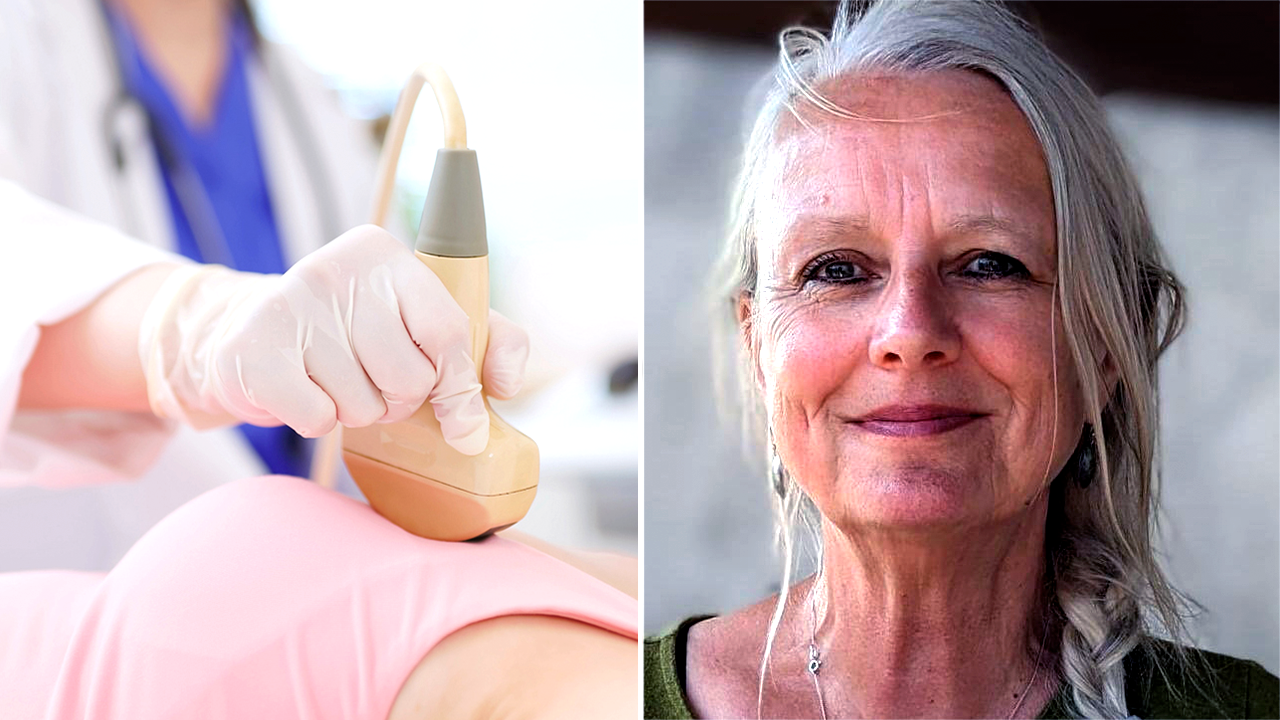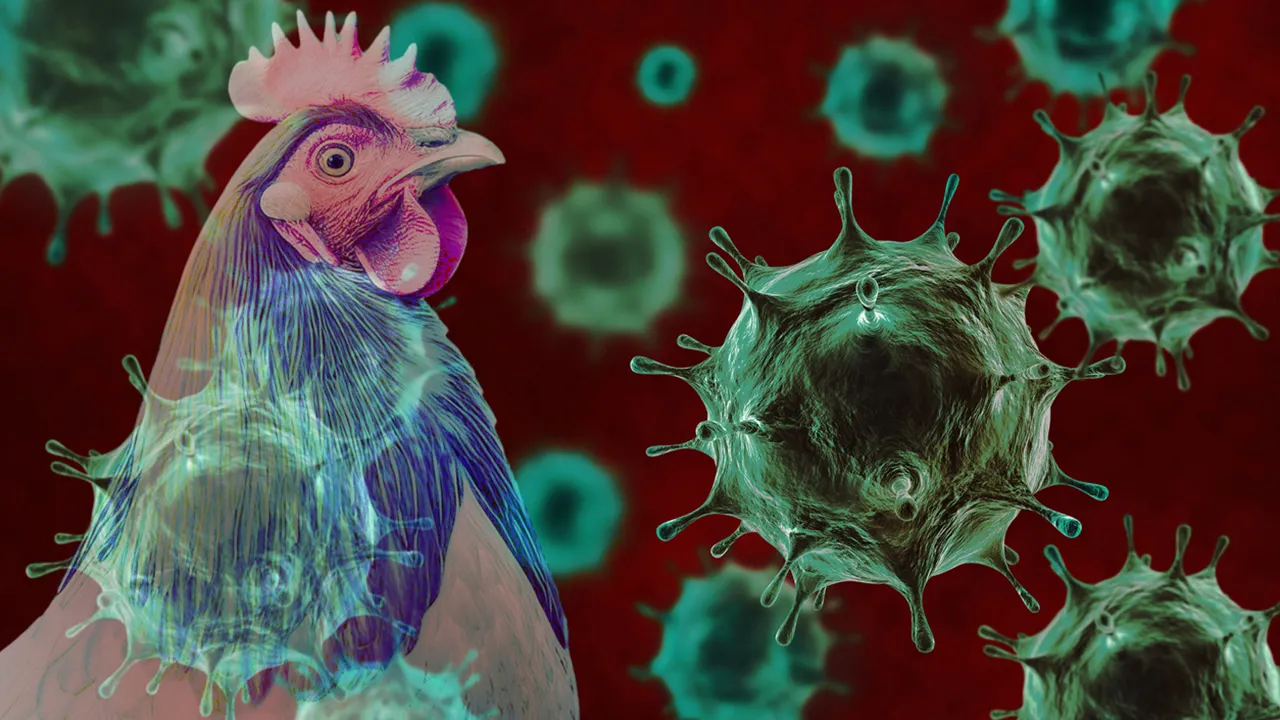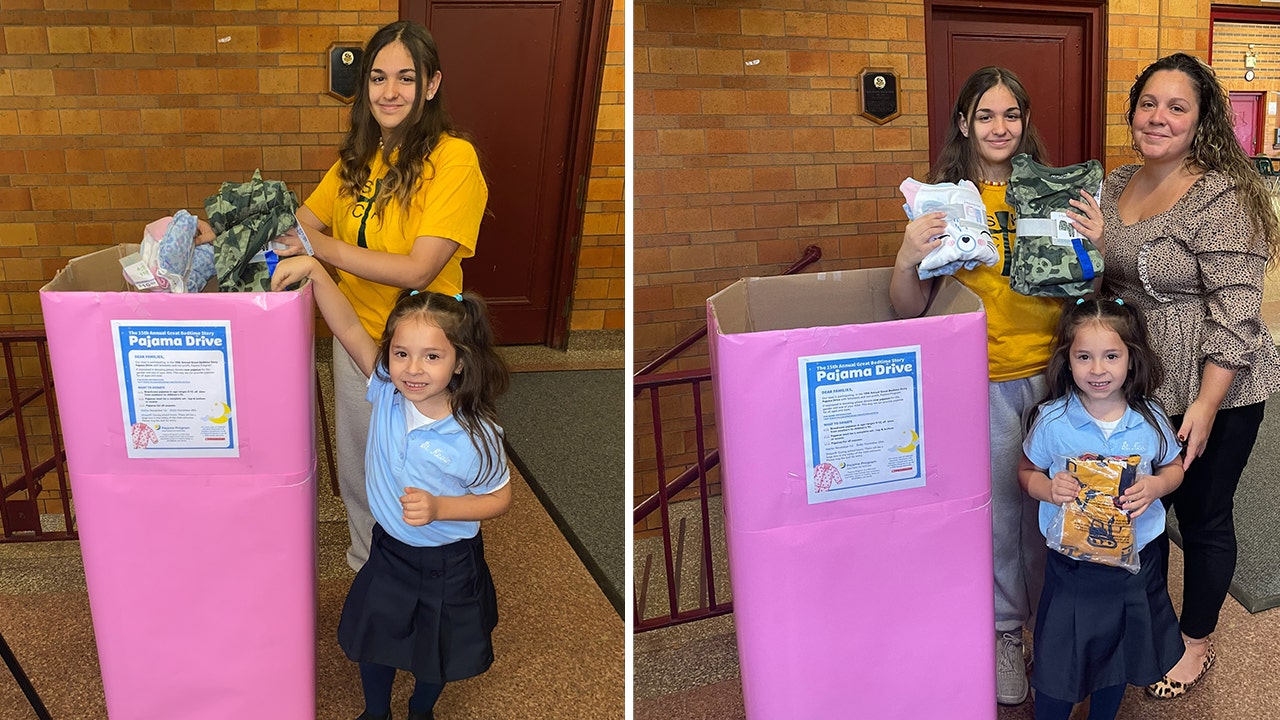- Researchers have been able to reverse age-related damage to liver cells in mice and in human cell cultures in a new study.
- The study homes in on ferroptosis — a form of iron-dependent cell death — as an age-related process affecting a set of key cells in the liver, called ‘hepatocytes.’
- Its authors found gene clusters associated with this process in both mice and human cells.
- The takeaway is that it may be possible to reverse aging in affected liver cells through pharmaceutical interventions.
A new study in mice and human cell samples finds that it may be possible to undo some of the damage that occurs with aging, restoring the liver at least partially to health.
The authors of the study found an abundance of genes that cause cell death in liver cells from older mice, and in human cells.
The age-related genes cause an iron-dependent type of cell death called
The main focus of the study is nonalcoholic fatty liver disease (NAFLD), also known as “metabolic dysfunction-associated steatotic liver disease (MASLD)”. It causes cirrhosis, or scarring, of the liver’s main cells, hepatocytes, and can lead eventually to organ failure.
After identifying a cluster of genes that affect the aging of cells in mice, the researchers examined cells collected from humans who had obesity and NAFLD/ MASLD. They found the same genetic signature, suggesting a target for pharmacological therapy.
To confirm their hypothesis, the researchers caused a group of 3-month-old young mice, and one of 2-year-old mice to develop NAFLD/ MASLD via diet.
Some of the older mice also received Ferrostatin-1 injections while continuing to be fed the NAFLD/ MASLD-inducing diet. This was so that the researchers could test the potential therapeutic effects of the drug on aging livers.
At the end of the study, the researchers found that liver cells in old mice receiving Ferrostatin-1 appeared young and healthy.
The investigators report their study results in the journal
The authors of the new study hope that their findings will lead to therapies for NAFLD/ MASLD. They also found that “these genes are similarly upregulated in a variety of human tissues afflicted by disease and aging, including the liver, heart, kidneys, and the pancreatic tissue affected by diabetes,” explained Muhammad Nadeem Aslam, MBBS.
Aslam is an assistant research scientist in the Department of Pathology at the University of Michigan, Ann Arbor, and was not involved in the current study.
“This points to the possibility of a shared molecular basis for aging-related tissue degeneration across multiple organ systems,” Aslam said.
The study’s senior author, Anna Mae Diehl, MD, the Florence McAlister Distinguished Professor of Medicine at the Duke University School of Medicine, stated in a press release that the “study demonstrates that aging is at least partially reversible.”
“You are never too old to get better,” said Diehl.
“We’ve shown,” she added, “that aging exacerbates nonalcoholic liver disease by creating ferroptic stress, and by reducing this impact, we can reverse the damage.”
Aslam pointed out that research suggests the molecular underpinnings of ferroptosis have three major aspects: iron metabolism, lipid metabolism, and the antioxidant defense system. “These pathways offer a variety of potential targets for therapeutic intervention,” he said.
“This is hopeful for all of us,” Diehl said in the press release. “It’s like we had old mice eating hamburgers and fries, and we made their livers like those of young teenagers eating hamburgers and fries.”
Aslam cautioned, however, that:
“The role of ferroptosis in liver diseases manifests as a double-edged sword. On [the] one hand, inhibiting ferroptosis may mitigate liver injuries and conditions such as fatty liver disease. On the other, inducing ferroptosis can be beneficial by damaging hepatic stellate cells and killing liver cancer cells, thus presenting a potential therapeutic avenue for these afflictions.”
NAFLD/ MASLD is a common liver disease, affecting about
In NAFLD/ MASLD, a person’s liver consists of more than 5 to 10% fat.
Aslam explained to Medical News Today:
“Hepatocytes, the principal epithelial or parenchymal cells of the liver, account for approximately 80% of the liver’s mass and 70% of its cellular components. They play an indispensable role in metabolism, detoxification, and protein synthesis. The remaining liver structure consists of nonparenchymal cells, including endothelial cells, stellate cells, Kupffer cells, and lymphocytes.”
NAFLD MASLD has no obvious symptoms beyond fatigue, weakness, or pain and discomfort in the abdomen, and sometimes unexplained weight loss.
“Children with [NAFLD/ MASLD],” reported Aslam, “may experience symptoms such as abdominal pain, typically centered in or on the upper right part of the abdomen, and fatigue.” However, these may be the result of other issues unrelated to the condition.
“Physical examinations [of children] might reveal slight liver enlargement,” said Aslam, “and some children and young adults could have patchy, dark skin discoloration (acanthosis nigricans), usually around the neck and underarms.”
NAFLD/ MASLD may be diagnosed in a blood test that shows abnormally high levels of liver enzymes. Blood tests, however, often fail to pick up the condition’s presence.
Aslam said that this liver condition “is frequently discovered incidentally during abdominal imaging procedures, such as ultrasounds or CT scans, that are initially performed for unrelated issues, revealing fatty infiltration of liver cells.”
There is no direct treatment for NAFLD/ MASLD, although maintaining a healthy diet and weight may slow its progression.
Read the full article here












